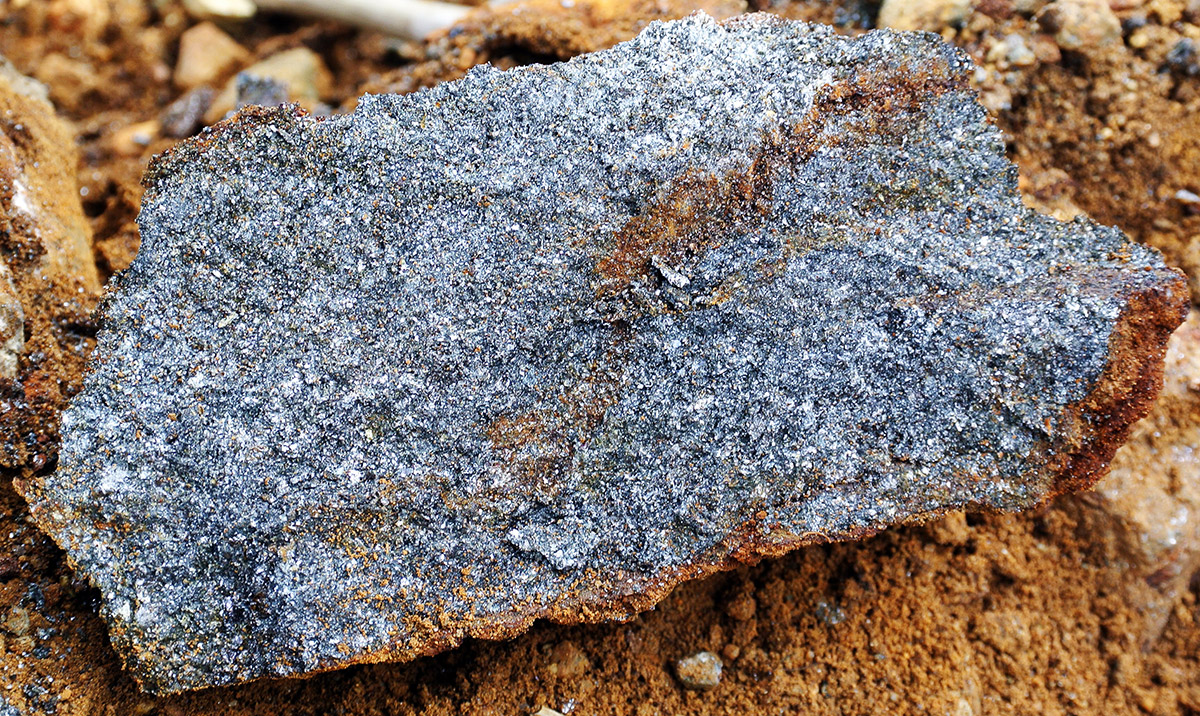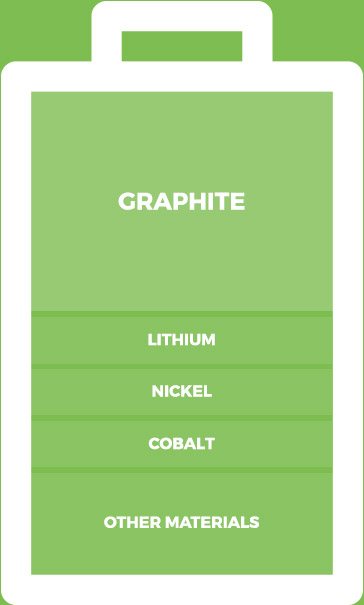Demand for Graphite is Growing
In today’s world, graphite is considered a key, strategic material in the emerging green technology economy that includes advances in energy storage, electric vehicles and electronics from smartphones to laptops.
New applications such as lithium-ion batteries, fuel cells and nuclear power can create significant, incremental demand growth in the future.
For example, it takes 20 to 30 times more graphite than lithium to make lithium-ion batteries. Each hybrid electric car uses about 22 pounds of graphite, while an entirely electric vehicle uses about 110 pounds.
The use of lithium-ion batteries is growing rapidly in consumer electronics, and they are now becoming popular not just in consumer vehicles but in trucks, motorcycles, recreational vehicles, trucks, buses, and boats, as well as in industrial applications such as powering fork lifts, automated warehouses, power tools and other equipment. Growth in demand for graphite will only continue with the increased electrification of vehicles and other machines.
As the green technology economy grows, demand for graphite could outstrip supply over the next decade. With no US graphite mines currently in production, interest in Canada as a secure source of graphite has been rising for the past few years and will continue to grow.







